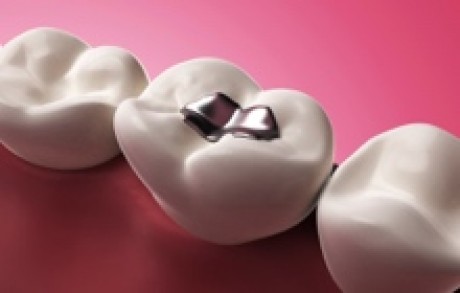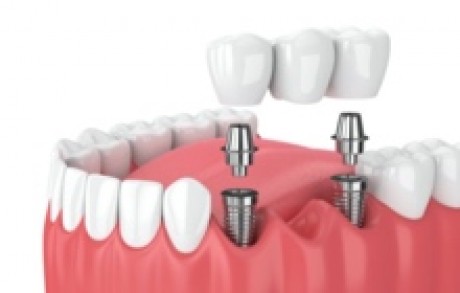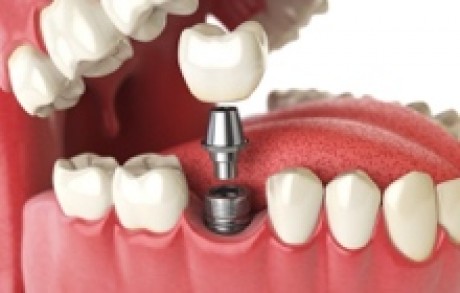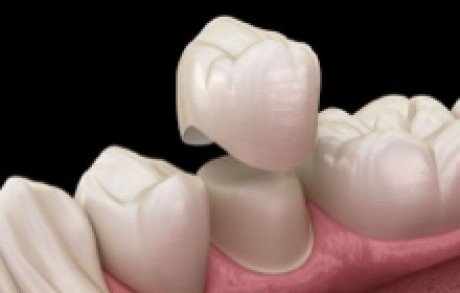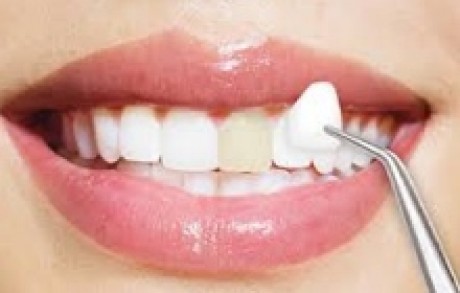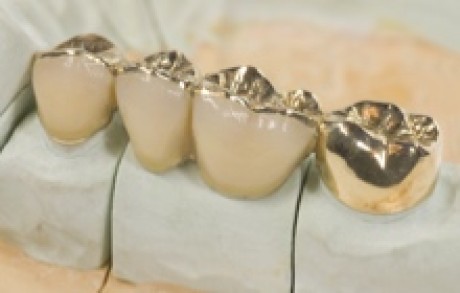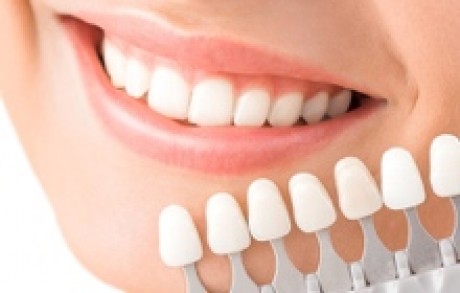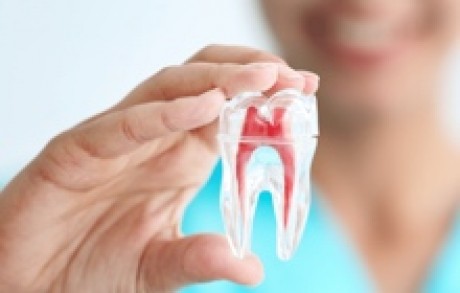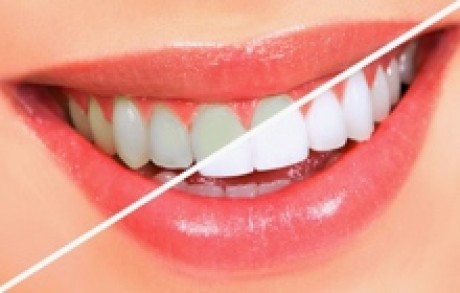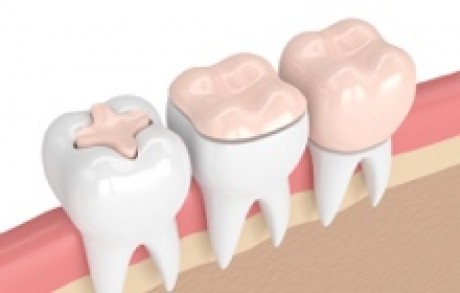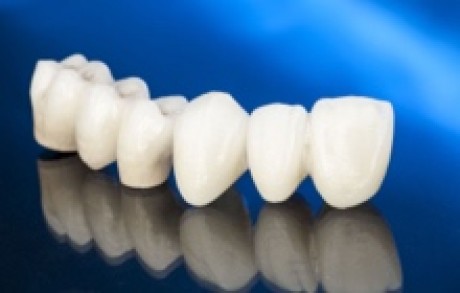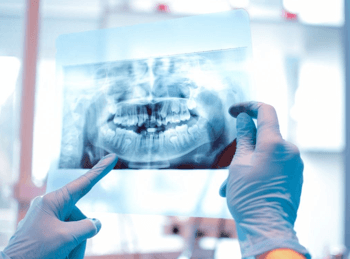When over half of a tooth’s biting surface is compromised by decay or wear, a dentist will often choose to restore the tooth with an inlay or onlay.
Inlays and onlays can be made of porcelain, gold, or composite resin. These restorations are bonded to the damaged area of the tooth. An inlay, which is similar to a filling, is placed within the cusp tips of the tooth; an onlay is a more substantial reconstruction, similar to the inlay but extending out over one or more of the cusps of the tooth.
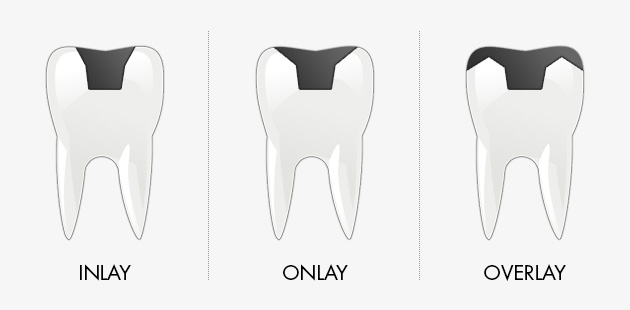
Traditionally, gold has been the material of choice for inlays and onlays. In recent years, however, porcelain has become increasingly popular due to its strength and color, which can ideally match the natural color of your teeth.
Inlay is a solid filling which is not made by the dentist but by the dental technician.
The inlay has longer lifetime than the traditional fillings, which is why it is so famous among the patients.
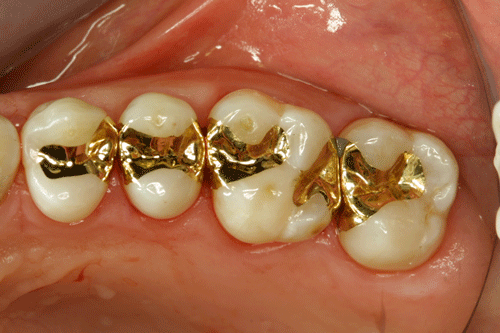
We use inlay in the following situations:
- In case of caries which can not be treated with traditional filling.
- If there are caries at several tooth surfaces or in case of chipped tooth surfaces
- If the occlusal surface of the teeth was badly damaged during the reconstruction of bite height
- Replacement of old fillings
- Replacement of amalgam dental fillings
- Reconstruction of contact surfaces
- Construction of root-treated teeth
- Aesthetic reconstruction of teeth
- Correcting tooth construction faults
- For dental prostheses
- If the patient requires it, we can use it in all cases
The inlay preparation process
The dentist will do the necessary preparations (such as: precision impression material, antagonist’s impression, wax bite). After this, he checks the essentials information and based on this information he prepares the inlay. The inlay can be manufactured manually or with CAD-CAM technology.
The materials of an inlay can be different
- Porcelain
- Plastic
- Pressed ceramic
- Zircon
- Gold
- Galvanic, gold-burned ceramic
Traditional ceramic inlay: This method is aesthetically perfect, but if it has a narrow margin, it can break easily. Because of the hardness of this inlay it can damage the opposing tooth surface and the bite adjustment is difficult to make and it is not so perfect.
Plastic inlay: Its advantages over the aesthetic dental fillings are that it has a punctual edge and the cusps are much more aesthetic. It is fastened by using special adhesives. With plastic inlay we can build even those teeth which you can not be corrected with an aesthetic dental filling. Its only disadvantage is that it can be a bit discoloured after 3-4 years.
Pressed ceramic inlay: It is stronger and less fragile than the traditional ceramic, but for these inlays we also need thickness. Sadly we can’t give the shades within the teeth back, but we can make the Central occlusion perfect.
On zirconium oxide frameworks burned ceramic inlays: This dental filling is one of the inlays which are prepared with the newest technology. This inlay is based on white metal dioxide, and it forms the framework. It has a special and expensive preparation. The Form is downloaded to the computer with the help of a laser scanner. After this the framework of the inlay is virtually manufactured with special software, and only after this it is sent to a laboratory abroad where they prepare the inlay. With this technique we get a very punctual and aesthetic solution.
Gold inlay: This solution is aesthetically not the best, but because of its good properties, it is one of the most perfect fillings. These properties are:
- Mouth-resistance
- Pourability
- Abrasion coefficient
- Bactericidal effect
A good advantage of the gold is, that it can be easily smoothed on the teeth. It is one of the most lasting fillings. The gold does not discolour. Unfortunately it's a bit expensive and some patients think that it is not aesthetically pleasing.
Galvanic inlay, gold-burned ceramic inlay: One of the most accurate matching inlay. It has the advantages of gold, so it fits perfectly, and it has a very long lifetime. Thanks to the ceramic the aesthetic impression was improved.
Standard technology: the inlay is made out of a Dentin dollop, and afterwards naturally coloured.
Become a part of succesful Medlife assistance family of satisfied customers, call us anytime any second, as we work for you.



